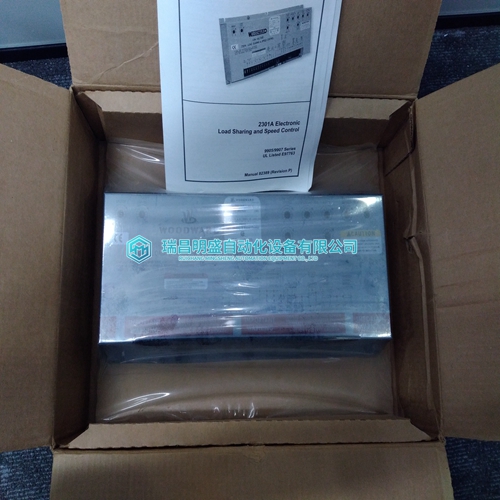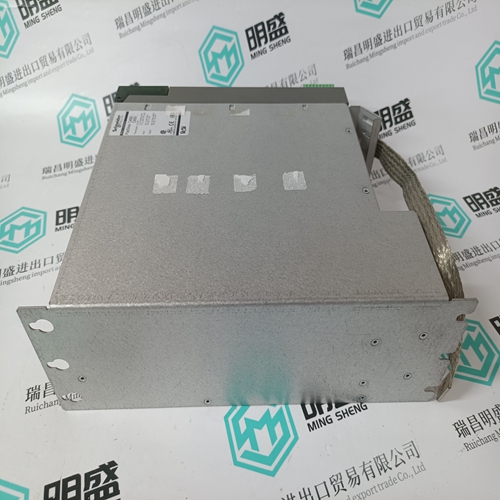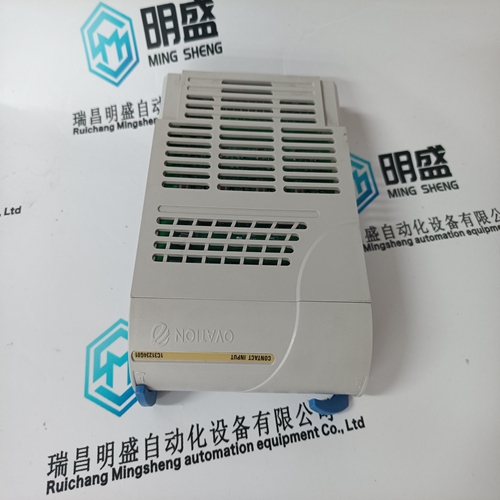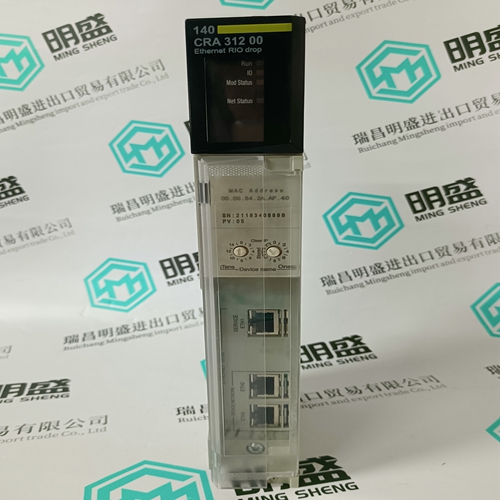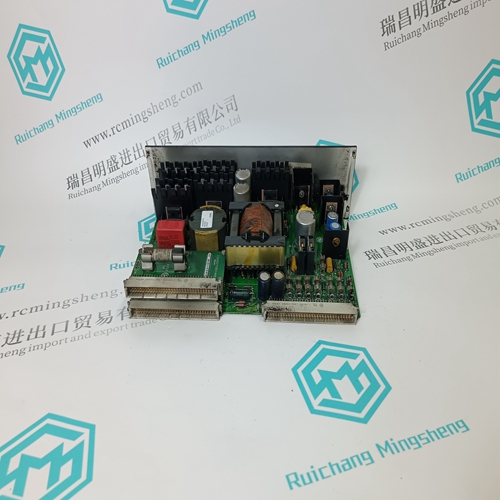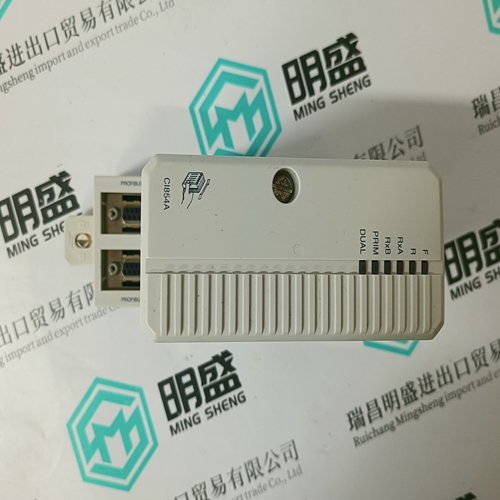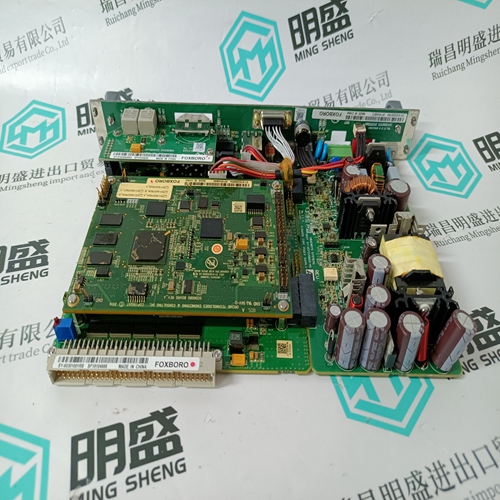Home > Product > Servo control system > WOODWARD 9907-018 Speed controller
WOODWARD 9907-018 Speed controller
- Product ID: 9907-018
- Brand: WOODWARD
- Place of origin: the United States
- Goods status: new/used
- Delivery date: stock
- The quality assurance period: 365 days
- Phone/WhatsApp/WeChat:+86 15270269218
- Email:stodcdcs@gmail.com
- Tags:WOODWARD 9907-018Speed controller
- Get the latest price:Click to consult
The main products
Spare parts spare parts, the DCS control system of PLC system and the robot system spare parts,Brand advantage: Allen Bradley, BentlyNevada, ABB, Emerson Ovation, Honeywell DCS, Rockwell ICS Triplex, FOXBORO, Schneider PLC, GE Fanuc, Motorola, HIMA, TRICONEX, Prosoft etc. Various kinds of imported industrial parts
Products are widely used in metallurgy, petroleum, glass, aluminum manufacturing, petrochemical industry, coal mine, papermaking, printing, textile printing and dyeing, machinery, electronics, automobile manufacturing, tobacco, plastics machinery, electric power, water conservancy, water treatment/environmental protection, municipal engineering, boiler heating, energy, power transmission and distribution and so on.
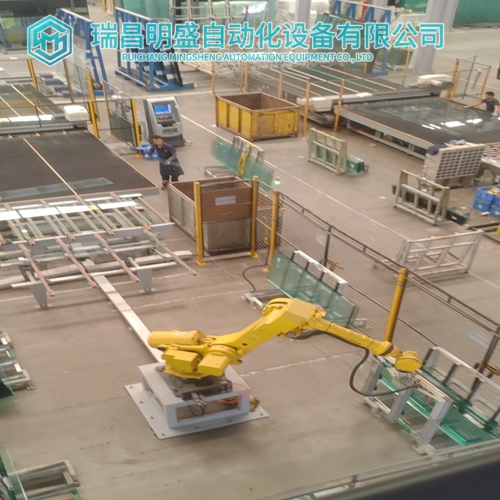
WOODWARD 9907-018 Speed controller
REV.FLUX TD (1320) If real FLUX of the motor does not follow rapidly the field current, e.g. in very old DC-motors, it can be necessary to make an extra delay for defining the field direction. Normally this time can be 0. Following signals are needed for the controllers and for some measurements: Bit 5 of TC_STATUS (11204) is the TC_FIELD_CHANGE indication and during field reversal this signal blocks the armature current controller, the I-part of the speed controller and updates the speed ramp output with a measured speed value. Opti-Torque The time that is normally needed for changing the field direction is quite long because of the big inductance of the field winding. This time can be reduced in certain cases by using the OPTI-TORQUEfunction.
If the type of the process is such that before the field reversal only a small torque is needed, e.g. changing of the speed direction, it is possible to reduce the field current before the field reversal is activated.This technique enables for a faster field reversal. The permissible reduction in the field current can be defined by the required torque reference. For example, if the speed direction is changed rather slowly, the required torque can also be quite small, close to zero speed, and so the motor field can also be reduced.
Field monitoring when OPTITORQUE changes the field direction
Field monitoring differs from normal field changes in that during field reversal other controllers are not blocked. The bit 5 TC FIELD CHANGE in TC STATUS (11204) is kept in zero. The minimum field signal is normally delayed by two seconds, and this is a fixed delay. Because the time that the field current remains below the minimum level is also a function of the torque reference, and the torque reference depends on the process and the speed controller´s gain values, two seconds may be too short a time in some applications. For this reason the minimum field monitoring is by-passed, if the field current reference falls below a certain level. Two parameters are needed for defining the threshold to the reference when minimum level is by-passed. OPTI.REF MIN L (1316) 614 = 15% of nominal When the field reference falls below this limit, the minimum field monitoring is by-passed. OPTI REF MIN TD (1317) 1000 = 1s This is an additional delay to keep the by-passing activated after the field current has again increased above the reference level. The field reference cannot be below the limit OPTI.REF MIN L (1316) longer than this time when OPTI-TORQUE function is active or the field reversal is done.
Field current /FLUX linearisation
When an extremely accurate control of torque is needed, e.g. on unwinder section of winder, the field current has to be linearised. The reason is that torque is the product of motor armature current and motor FLUX but motor FLUX is not directly proportional to the field current.
The motor starts to saturate after a certain field current, and thus the relation of field current and motor flux is not linear. For this reason the field current cannot be directly used to define FLUX inside the motor. On the other hand, the motor armature voltage without load (= EMF) is directly proportional to the motor flux and motor speed below the field weakening area. For example, if the motor nominal DC voltage is 440V, and we are running the motor at half speed and full FLUX, then the DC voltage is about 220V. Then, if we reduce the flux to 50% and keep the same speed, the DC voltage is about 110V. (This is only an example!)

